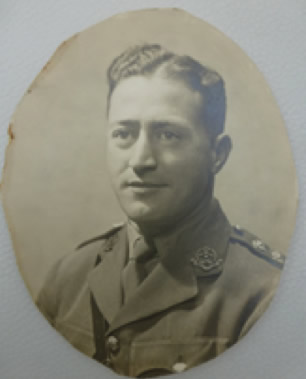This May sees the 75th anniversary of the Dunkirk evacuation, one of the most audacious mass rescues in history, some might say. (It is not to be confused with the D Day landings which happened 4 years later).
The evacuation, and the subsequent reminder, in the form of the pageant of so called ‘Little Ships’ every year up our stretch of the Thames, is dear to the heart of local artist Daphne Clement (who painted this months cover) as we will find out.
The British and French armies were surrounded on three sides by German Forces. On the fourth side lay the shallow waters of the Dunkirk beaches, too shallow for naval vessels to get near. The only possibility to mount a mass rescue was to get craft with shallow enough draft to enable them to get close in and get the soldiers on board.
Word went out. The Admiralty directed many boatyards along the Thames, the Estuary and Kent to help source boat and crew. Boats should be over 30ft in length with a draft of no more than 3 ft 6. Boats of all shapes and sizes took part: fishing boats, lifeboats, pleasure boats and even sailing boats. (I was surprised to learn that the ‘Marchioness’ Thames pleasure boat was part of it. You may remember her from the news in the late 80’s when she collided with a dredger on the Thames with huge loss of life).
The evacuation plan was hatched and executed within a couple of weeks, with the lives of hundreds of thousands of soldiers at stake. The boats were to make their way across the Channel, get in close to the shores, avoiding enemy fire and mines, and get as many Allied soldiers on board as possible and get them to safety. The evacuation itself took place from May 27th-June 4th and documents show that boats were still in fact being requisitioned as late as May 30th.
100 ‘Little Ships’ were sunk without trace as they made their way to the waiting soldiers.
Many of the troops were in fact able to embark from the harbour’s protective mole onto 39 British destroyers and other large ships. Others waded out from the beaches, waiting for hours in the shoulder-deep water. The flotilla of ‘Little Ships’ were able to get in close enough to make all the difference.
On the first day of the evacuation, only 7,669 men were evacuated, but by the end of the eighth day, a total of 338,226 soldiers had been rescued by the hastily assembled fleet of over 800 boats. One of those soldiers was the father of our artist, Daphne Clement.
Captain Leonard Gordon McDowell of the Middlesex Regiment was returned to the UK, where he married his sweetheart. Daphne was born three years later. There is no happy ending to this tale however. Captain McDowell was to meet his death on the beaches of Normandy in 1944.
2015 marks the 75th anniversary of that audacious rescue. It will be marked with a gathering of many of those original craft who will be accompanied across the Channel by naval frigates to the Dunkirk beaches. On May 20th in Ramsgate there will be a huge celebration day, fly pasts of Spitfires and Hurricanes and you have a chance to go on some of the Little Ships before they leave for France. Without the daring of these small vessels and men wanting to do their bit, so many thousands of soldiers would have been trapped and died without a chance.

